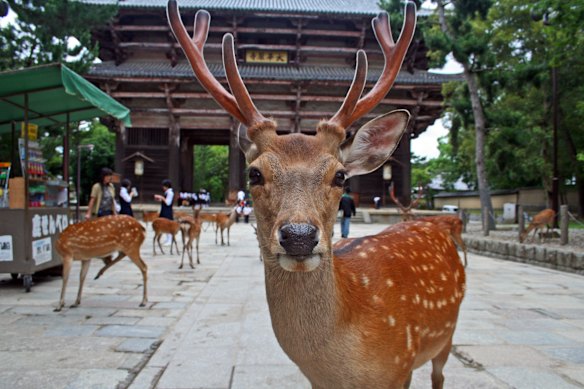
Travel trends among Australians are shifting dramatically, with a notable increase in trips to Asia and a decline in visits to the United States. According to data from the Australian Bureau of Statistics released last week, the number of residents traveling to Japan has nearly doubled, rising from approximately 484,000 in the financial year 2018-19 to over 910,000 in 2024-25. This surge makes Japan the third most popular destination for Australian travelers, surpassing the US.
Japan’s rise in popularity is accompanied by significant growth in other Asian countries as well. Both China and Vietnam are seeing increased interest, while Indonesia remains the top overseas destination, attracting 1.7 million Australian visitors. In contrast, fewer than 750,000 Australians opted to travel to the US during the same period. Although this figure marks a slight rise from 714,000 in the previous financial year, it is still significantly lower than the nearly 1.1 million travelers who visited the US in 2018-19, prior to the pandemic.
Shifting Preferences and Economic Factors
Dean Long, chief executive of the Australian Travel Industry Association, commented on the changing travel patterns. He noted that while the presidency of Donald Trump had some impact on business travel to the US, it did not significantly affect leisure travel. “It’s not having as big an impact as we originally anticipated,” Long explained, adding that experiences at US borders have returned to pre-Trump conditions. “There’s definitely been some loss of business events, but in the leisure market, people still want to go do things they can only do in the US.”
Long pointed out that the rising preference for Asian destinations can be attributed to several factors. Many Australians are opting for countries where travel costs have not surged dramatically in recent years. Additionally, favourable exchange rates have made Asian travel more appealing compared to the US.
As the tourism landscape continues to evolve, it is clear that Australian travelers are finding new and exciting experiences closer to home. With the ongoing recovery from the pandemic, shifting preferences will likely shape the future of travel for Australians in the years to come.






